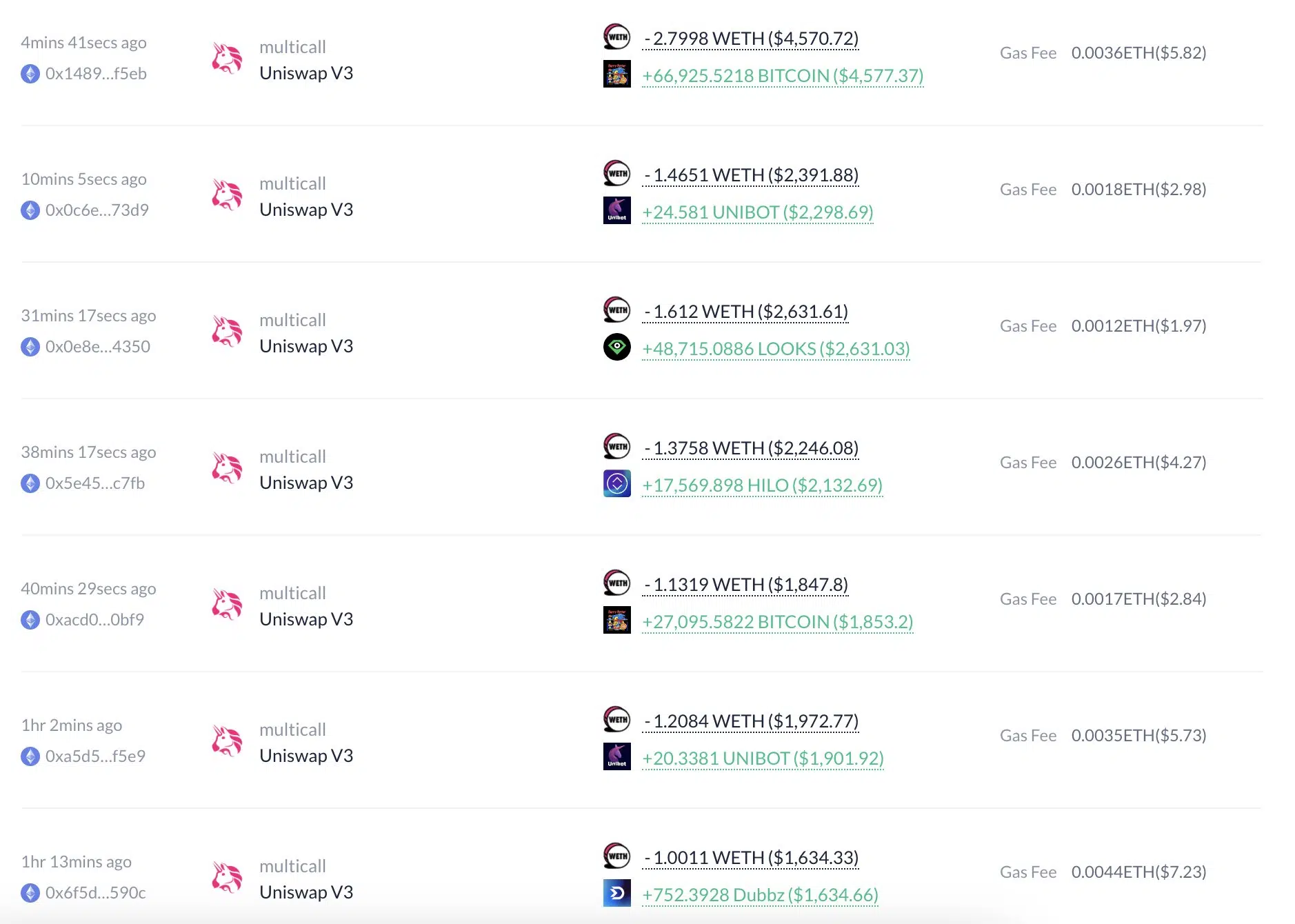The recent collapse of Silicon Valley Bank has created waves in the US banking system, leading many to compare the current situation with the global financial crisis of 2008. However, economists at UBS advise against getting carried away and view the recent bank failures and government action as isolated incidents, rather than precursors to a systemic crisis.
While they are monitoring the unfolding events, UBS economists firmly believe that the US banking system is now better capitalized than it was during the 2008 financial crisis. They cite the industry’s Tier 1 risk-based capital ratio, which showed significant improvement from 10.11% at the end of 2007 to 13.65% at the end of 2022.
It’s important to keep in mind that Silicon Valley Bank was a unique case that had a significant exposure to Venture Capital (VC) startups experiencing cash burn, leaving it vulnerable to deposit outflows. Moreover, it had the highest ratio of securities to total assets in the industry and was virtually the only US bank that had close to negative equity if mark-to-market losses were included.
Despite the bank’s unique features that led to its collapse, it serves as a warning to both regulators and other banks to re-evaluate their risk management procedures, given the unpredictable nature of certain industries.
What’s reassuring is that the US regulators have reacted decisively in the case of Silicon Valley Bank, stepping in proactively to compensate depositors for their losses.
Furthermore, despite the faltering of a few banks, the US banking system, as a whole, remains stable. This is in sharp contrast to the 2008 global financial crisis, where many of the biggest banks in America were on the brink of collapse.
In fact, the current situation in the US banking system is vastly different from 2008. Banks are better equipped to handle economic shocks, with stricter regulations imposed on them to avoid overleveraging and taking too much risk.
Another crucial difference is the US government’s response to the crisis. In 2008, the government failed to adopt a proactive approach to solving the problem, resulting in Lehman Brothers’ failure. However, the government’s response to the current situation has been highly decisive, providing the necessary support to safeguard the financial system.
Moreover, the US Federal Reserve has demonstrated its ability to step in and provide essential liquidity to the market when required. By lowering interest rates and purchasing government bonds, the government has prevented a liquidity crunch, thereby avoiding any systemic collapse of the banking system.
Although the collapse of Silicon Valley Bank can be seen as evidence of the volatility of certain sectors, it is essential to recognize that there are no major issues with the US banking system at present.
In fact, banks’ ability to absorb losses and the government’s responsiveness to crisis situations demonstrate the resilience of the system as a whole. UBS economists state that there is no indication that the current banking crisis will escalate further into a major systemic crisis.
Moreover, the US banking system is poised to emerge stronger than ever, given the lessons learned from the 2008 financial crisis. Banks have become more stable, liquid, and better regulated, and the government has shown its commitment to safeguarding the system through proactive measures.
In conclusion, while the recent collapse of Silicon Valley Bank has rattled the US banking system, it should not lead to panic or excessive pessimism. The US banking system remains well-capitalized and better equipped to handle economic shocks than it was in 2008. Moreover, the government’s proactive response has demonstrated its commitment to safeguarding the system to prevent any systemic collapse. As UBS advises, continued monitoring, reform, and vigilance remains the key to maintaining the stability of the US banking system.


